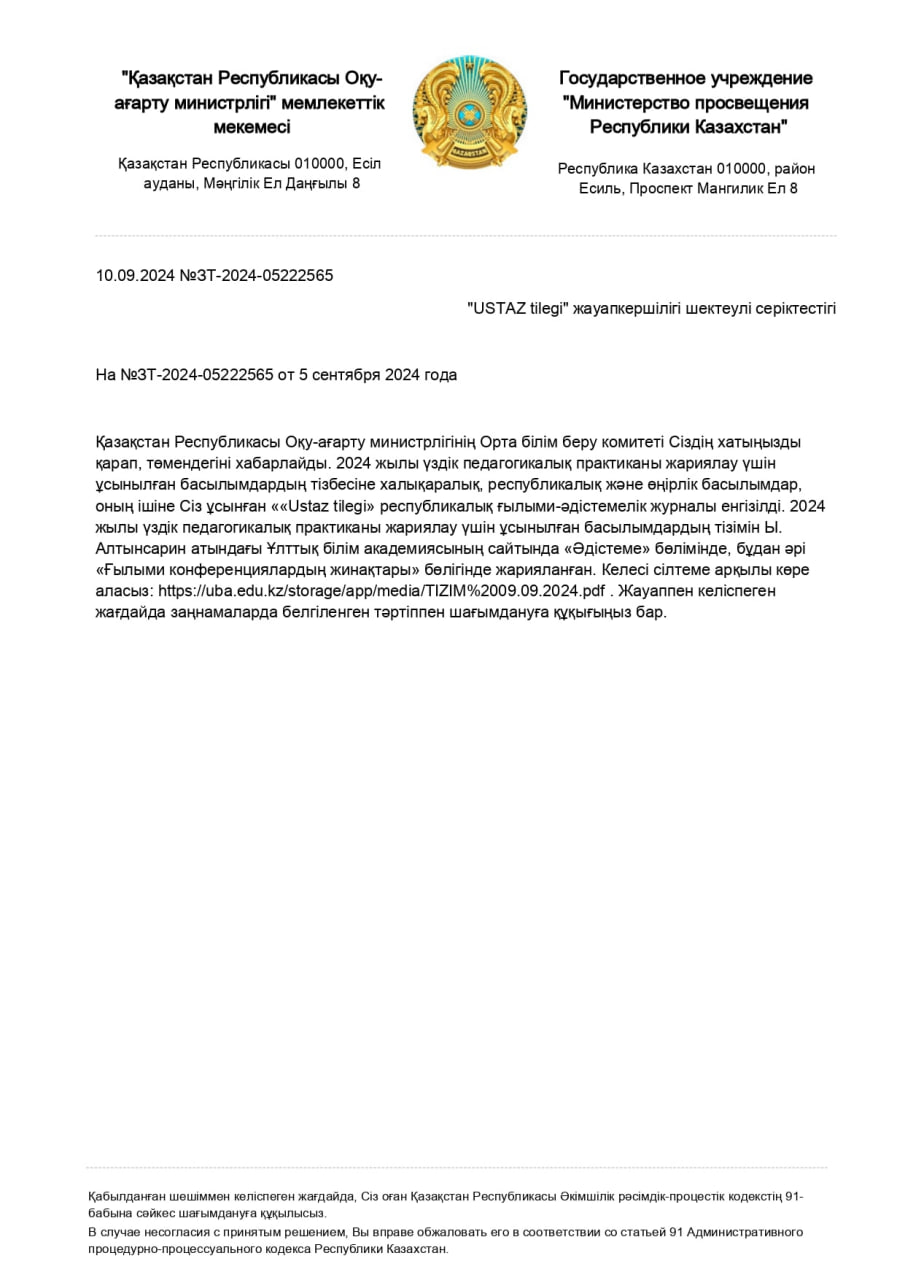Agriculture Terms &
Definitions
Acid
Soil: A soil with an acid reaction,
a pH less than 7.0.
Acre:
A parcel of land, containing
4,840 square yards or 43,560 square feet.
Agriculture: The utilization of biological
processes on farms to produce food and other
products
useful and necessary to man.
Both a “way of life” and a “means of life” for the people involved
in
this
industry.
Agriculture Extension
Service: Cooperative (Federal, State,
and County) agency doing research
and education for rural and
urban producer and consumer groups, located in each county
with
specialist personnel for each
particular area.
Agronomy:
The science of crop production
and soil management.
Alfalfa:
A valuable leguminous crop for
forage or hay used in livestock.
Animal
Unit: A unit of measurement of
livestock, the equivalent of one mature cow
weighing
1,000 lbs. The measure is used
in making comparisons of feed consumption. Five mature ewes
a
also are considered an animal
unit.
Annual:
A plant that completes its
life cycle from seed to plant, flower, and new seed in 1 year
or
less.
Apiary: Colonies of bees in
hives and other beekeeping equipment for the production of
honey.
Artificial Insemination: The
mechanical injection of male semen into the womb of the female
with
a special syringe-like
apparatus. The process begins with the collection of semen from the
male.
This method is used
extensively in dairy husbandry.
Auger: Spiral device on a
shaft used to move grain through a tube.
Avian: Pertaining to poultry
and/or fowl.
Balance Ration: A ration which
furnishes all the necessary nutrients in the proportions
and
amounts needed by the animal
for normal functioning and growth.
Bloating: Abnormal swelling of
the abdomen of livestock, caused by excessive gas
formation
which can result in
death.
Boar: A breeding male hog, any
age.
Breed: A group of animals
descended from common ancestry and possessing certain
inherited
characteristics which
distinguish it from any other group. When matings within the breed
are made,
these characteristics are
transmitted to the offspring in a uniform and predictable
manner.
Breeds of Beef
Cattle:
English Origin: Aberdeen
Angus, Hereford, Shorthorn
European Origin: Charolais,
Chianina, Gelbvieh, Limousin, Maine Anjou,
Simmental
Asian Origin:
Brahma.
United States Developed:
Brangus, Beefmaster, Santa Gertrudis,
Red Angus.
Broadcasting: Random
scattering of seeds over the surface of the ground. If the seed is
to be
covered, this is done as a
separate operation, usually with a spike-tooth
harrow.
Broiler: A chicken of either
sex about 7 weeks of age.
Bushel: A unit of dry measure
(1 cubic foot) for grain, fruit, etc., equivalent to 8 gallons of
liquid.
Weight varies with the
density/bulk of the commodity. Example: Oats weigh 32 lbs.
Per
bu.; barley, 46 lbs. Per bu.;
and corn, 56 lbs,. Per bu.
Calf: Young (up to yearling or
sexual maturity) animal of the bovine
species.
Cash Crop: Any crop that is
sold off the farm to yield ready cash.
Certified Seed: Seed grown
from pure stock which meets the standards of certifying
agency
(usually a state government
agency). Certification is based on germination, freedom from
weeds
and disease, and trueness to
variety.
Complete Fertilizer: A
fertilizer containing the three macro nutrients (Nitrogen,
Phosphorous, and
Potassium) in sufficient
amounts to sustain plant growth.
Compost: Organic residues, or
a mixture of organic residues and soil which have been
piled,
moistened, and allowed to
undergo biological decomposition. Mineral fertilizers are
sometimes
added.
Confinement: Livestock kept in
“dry-lot” for maximum year-round production. Facilities may
be
partial or complete solid
floored and enclosed/covered.
Controlled Lighting:
Artificial lighting of poultry housing. Increasing or decreasing
the number of
hours of light during the day
will control sexual maturity, fertility, and
molt.
Cooperative: An organization
formed for the purpose of production and marketing of goods
or
products owned collectively by
members who share in the benefits. Most common examples
in
agriculture are canneries and
creameries.
Crop Rotation: More or less
regular recurrent succession of different crops on the same land
for
the purpose of maintaining
good yields.
CWT: Hundredweight or 100
pounds.
Double Crop: Two different
crops grown on the same area in one growing
season.
Drainage: The removal of
excess surface water or excess water from within the soil by means
of
surface or sub-surface
drains.
Drilling: The process of
opening the soil to receive the seed, planting the seed and
covering it in a
single
operation.
Dry Cow: A cow that is not
producing milk, the period before the next calving and
lactation.
Dry Land Farming: The practice
of crop production without irrigation.
Erosion: The wearing away of
the land surface, usually by running water or
wind.
Feed
Lots:
1. Dry Lot Feeding: Feeding
process wherein cattle are confined in a small area and fed
carefully
mixed, high-concentrate feed
to fatten them.
2. Farm Feed Lot: Where cattle
feeding is complementary with other farming
enterprises.
3. Commercial Where cattle are
fed for others on a custom basis. Feed usually
is
Feed Lot: purchased, labor is
hired.
Fertilization: The union of
pollen with an egg to form an embryo.
FFA: Future Farmers of
America-an organization for high school students studying
vocational
agriculture.
4-H: Club for boys and girls
sponsored by the Agricultural Extension Service to foster
better
agriculture and homemaking.
The 4-H’s stand for Head, Heart, Hands, and Health. Members
are
9 to 19 years of
age.
Field Capacity: The moisture
content of soil in the field as measured two or three days after
a
thorough wetting of a
well-drained soil by rain or irrigation
water.
Forage: Vegetable matter,
fresh or preserved, which is gathered and fed to animals as
roughage
(e.g., alfalfa hay, corn
silage, or other hay crops).
Gelding: A male horse that has
been castrated before having reached sexual
maturity.
Goats:
Angora Breed: Kept for meat
and mohair products and grazing brushy areas of
range.
Dairy Breeds: Kept for milk
products primarily, also meat. American Lamoncha, French
Alpine,
Nubian, Saanen, and
Toggenburg.
Buck: Male
Goat.
Chevon: Meat from young
goats.
Doe: female
goat.
Kid: Young, immature goat,
either sex.
Kidding: Parturition of the
pregnant female goat.
Grade: An animal of common or
mixed breeding; and animal which is not a purebred. Such
an
animal is ineligible for
registration though it usually exhibits some purebred
characteristics.
1. Quality Grades for
Beef-based on conformation, finish, and
quality:
2. Yield Grades for Beef-
based on the expected yield (curability) of trimmed, boneless major
retail
cuts:
3. Quality Grades for lamb are
US Prime, US Choice, US Good, US Utility and US
Cull.
Yield Grades for lamb are the
same as for beef.
4. Yield Grades for lamb are
the same as for beef.
5. USDA Grades for slaughter
hogs and pork carcasses combine Quality and Yield into
one
designated grade. These are US
1, US 2, US 3, US 4 and Utility.
Grade A Dairy: A dairy that
produces market milk (for human drinking purposes) under
state
approved sanitation conditions
according to state controlled pooling laws. Milking barn and
milkhandling
equipment must meet certain
State regulations.
Grade B Dairy: A dairy that
produces milk for use in making cheese, ice cream and condensed
and
powdered milk. Sanitation
requirements are not as strict as for Grade A production. The milk
cannot
be sold for fresh market
consumption.
Gravitational Water: Water
that either runs off or percolates through a soil. Not available
for use
by
plants.
Green Manure: Any crop or
plant grown and plowed under to improve the soil, by addition
of
organic matter and the
subsequent release of plant nutrients, especially
nitrogen.
Heifer: Young (less than 3
years) female of the cattle species that has not borne a
calf.
Herbivore: Animals that eat
plant origin feeds only.
Horizontal Integration: The
combining of two or more similar functions under one
decision
making body. A farmer who
acquires and manages another farm as a separate unit and a canner
that
builds or acquires a cannery
in another area are examples of horizontal
integration.
Humus: The well decomposed,
relatively stable portion of the organic matter in a
soil.


















